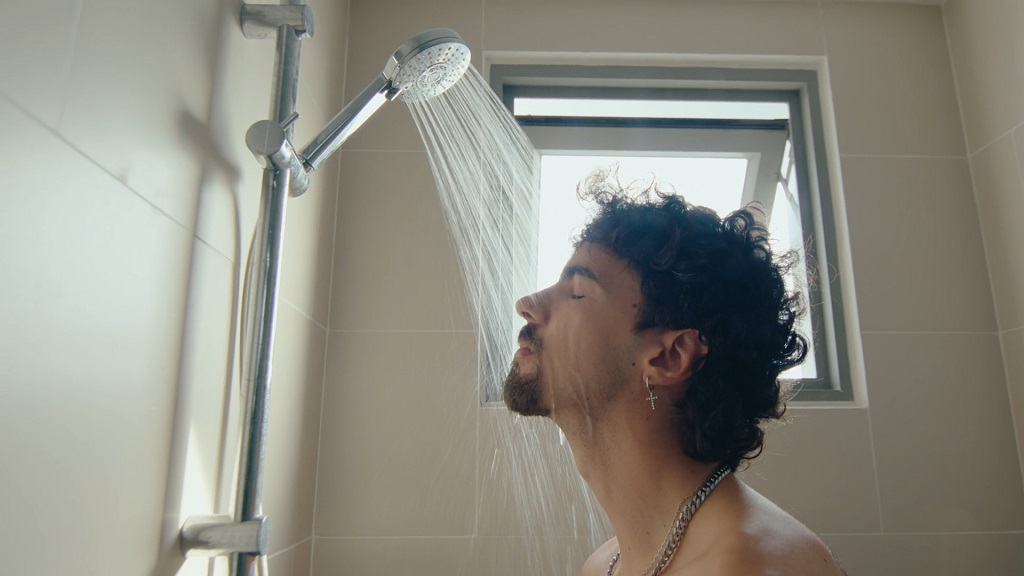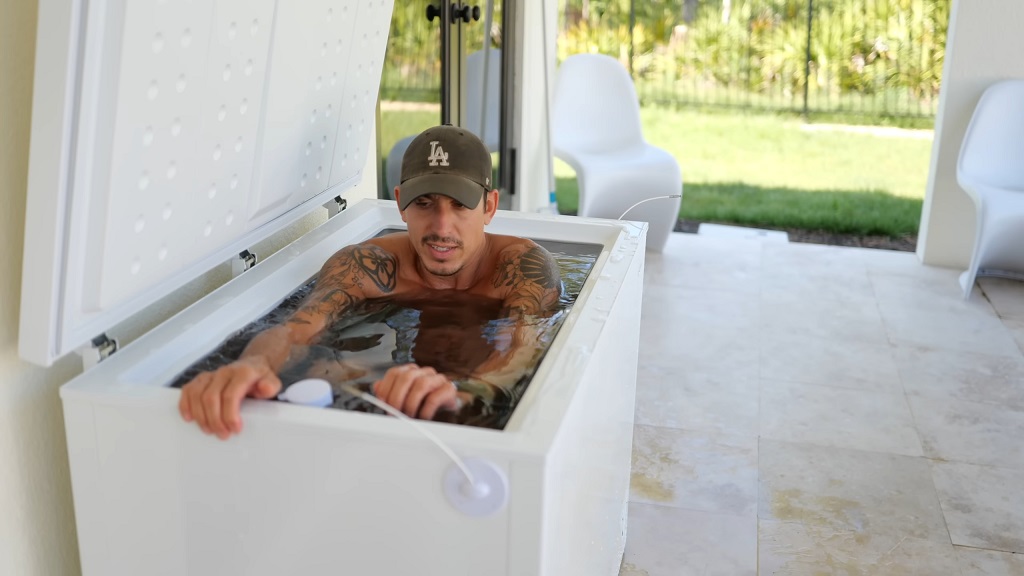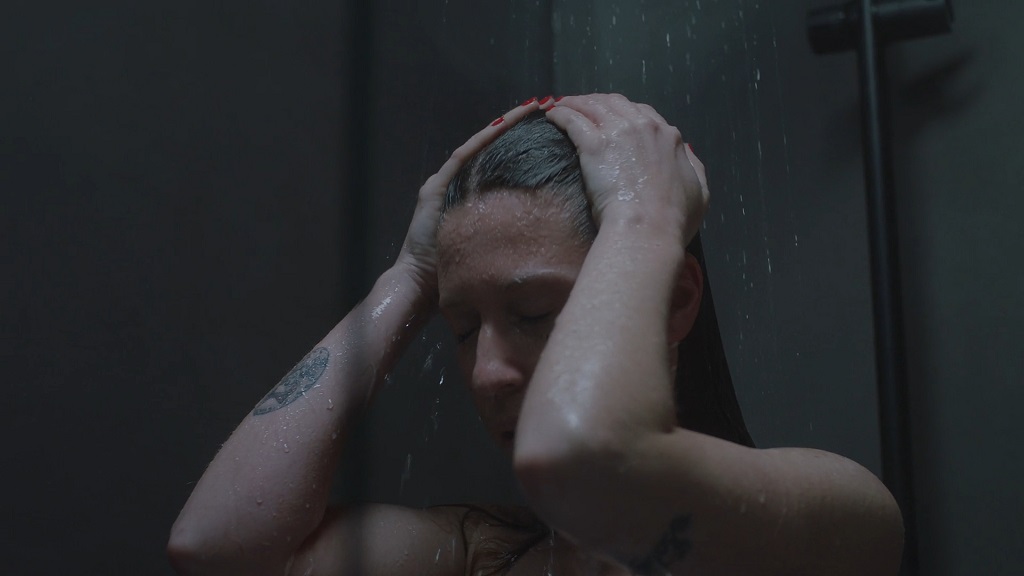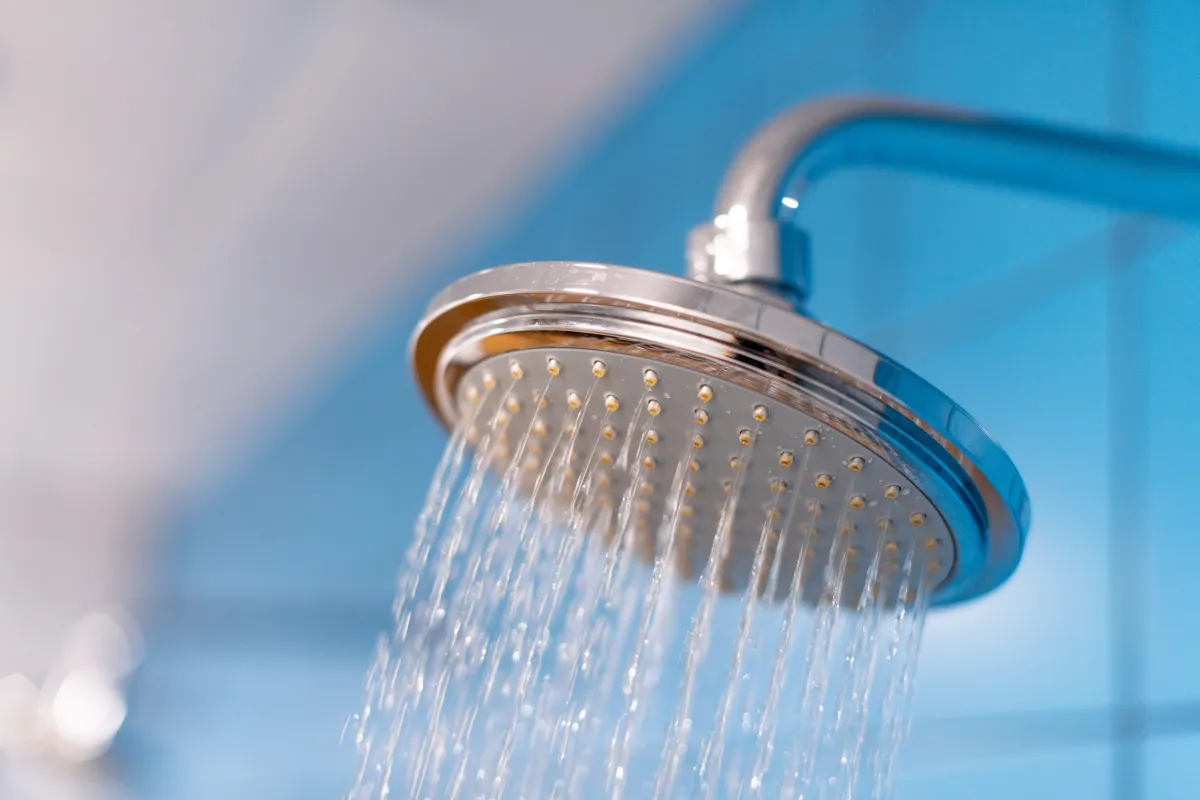Cold water therapy is not for the faint of heart, but it has grown in popularity as people chase better recovery, improved health, and even mental resilience. If you are considering stepping into the icy world of cold showers or cold plunges, it helps to know what you are getting into. These two methods might share some benefits, but they are far from identical.
Cold showers are the simpler choice. They take no special equipment, cost nothing, and can be done at home whenever you feel like it. They are a great way to wake up, shake off stress, or cool down after a workout. But let’s face it—standing under freezing water is not exactly pleasant, and it does not provide the full-body intensity that some people crave.
Cold plunges, on the other hand, take things up a notch. Immersing your entire body in icy water is no small feat, but the payoff can be huge. From faster recovery to reduced inflammation and a powerful sense of accomplishment, the plunge is as much about mental toughness as it is about physical benefits. Of course, it requires more effort, whether that means finding a cold tub or preparing an ice bath at home.
Choosing between the two comes down to what works for your routine and what you want to achieve. Are you looking for a quick, convenient way to feel refreshed? Or are you ready to commit to something more intense? Let’s break down the differences and benefits of cold showers versus cold plunges, so you can make the choice that is right for you.
Let’s Start With Cold Showers
Cold showers might not sound appealing at first, but they are one of the easiest ways to introduce yourself to cold water therapy. They are accessible, require no special equipment, and offer a range of benefits that make them a popular choice for those looking to boost their health and well-being.
What Defines a Cold Shower?

A cold shower involves bathing in water at a temperature below 60°F (15°C). While this may sound manageable, it can still feel intense, especially if you are not used to cold exposure. Unlike a cold plunge, a cold shower is dynamic—you are not fully immersed in water, but rather standing under a stream that flows over different parts of your body.
Benefits of Cold Showers
Cold showers provide numerous physical and mental benefits, backed by research and anecdotal evidence. Here are some of the most notable:
- Boosts Mood: Exposure to cold water triggers the release of endorphins and dopamine, helping to improve mood and combat stress.
- Improves Circulation: The cold causes blood vessels to constrict, forcing the body to pump blood more efficiently. This improves cardiovascular health over time.
- Enhances Recovery: Athletes often use cold showers to reduce muscle soreness and inflammation after intense exercise.
- Increases Energy Levels: A cold shower can provide an invigorating jolt, making it a great way to start the day.
- Strengthens Immune Function: Regular cold exposure is thought to boost white blood cell production, enhancing the body’s ability to fight illness.
A 2016 study in the PLoS One journal found that people who took cold showers regularly reported fewer sick days from work.
Public figures like Wim Hof, the “Iceman,” advocate cold showers for their transformative benefits.
How to Start Taking Cold Showers?
- Start Warm, Then Cool: Begin your shower with warm water, then gradually turn it colder for the last 30 seconds.
- Set a Timer: Aim for just 30 seconds to start, and gradually increase the duration as your tolerance builds.
- Focus on Breathing: Deep, controlled breaths can help you stay calm and focused during the experience.
- Make It a Habit: Consistency is key. Try taking a cold shower every morning or after workouts to see long-term benefits.
How Are Cold Plunges Different?
Cold plunges take cold water therapy to the next level, offering a more intense and immersive experience compared to cold showers. While both practices share some benefits, cold plunges stand out for their deeper impact on the body and mind due to full-body immersion and significantly lower temperatures.
What Defines a Cold Plunge?

A cold plunge involves immersing your body in water that is typically between 37°F and 50°F (3°C to 10°C). Unlike a cold shower, where only parts of your body are exposed to cold water at a time, a plunge submerges you fully (except for your head). This creates a uniform and sustained cold exposure that triggers unique physiological responses.
Benefits of Cold Plunges
Cold plunges provide a range of powerful benefits that go beyond what cold showers can achieve:
- Accelerated Muscle Recovery: Full-body immersion helps reduce inflammation and soreness, making it a favorite among athletes.
- Stronger Mental Resilience: Enduring the intense cold builds mental toughness and strengthens the ability to handle stress.
- Enhanced Circulation: The cold forces blood away from the extremities and toward vital organs, improving overall cardiovascular efficiency.
- Brown Fat Activation: Cold plunges stimulate brown fat, which burns calories to generate heat, aiding metabolism and fat loss.
- Reduced Inflammation: The cold suppresses inflammation, offering relief for chronic pain, arthritis, or overuse injuries.
- Dopamine Surge: The intense cold triggers a significant release of dopamine, leading to improved mood and energy levels.
Professional athletes, including LeBron James, use cold plunges as part of their recovery routines.
Practical Tips for Cold Plunging
- Start Gradually: Begin with shorter plunges (1-2 minutes) at slightly warmer temperatures (around 55°F) and work your way down.
- Control Your Breathing: Deep, controlled breaths help you stay calm and focused during the immersion.
- Set a Time Limit: Limit sessions to 10-15 minutes to avoid overexposure and hypothermia risks.
- Warm Up Afterward: Always have warm clothes or a hot drink ready to help your body return to a comfortable temperature.
Which One is Better and Why?

Deciding whether cold showers or cold plunges are better depends on what you are looking to achieve. Both have their merits, but the intensity, accessibility, and specific benefits they offer make each more suited for certain goals and individuals.
Comparison
| Criteria | Cold Showers | Cold Plunges |
|---|---|---|
| Accessibility | Widely accessible, requires only a shower with running water. | Requires a cold tub, ice bath, or specialized equipment. |
| Cost | Free, no additional expenses needed. | Can be costly, especially with dedicated cold tubs or purchasing ice. |
| Intensity | Moderate intensity; water typically stays above 55°F (12°C). | High intensity; temperatures range from 37°F to 50°F (3°C to 10°C). |
| Full-Body Coverage | Partial coverage as water flows over different parts of the body. | Full immersion ensures uniform exposure and benefits. |
| Benefits |
|
|
| Setup Time | No setup time; turn on the shower and adjust the temperature. | Requires preparation to cool water or fill a tub with ice. |
| Best For |
|
|
Cold showers are an excellent choice for those seeking a convenient and accessible way to integrate cold exposure into their daily routine. They require no special equipment and can be done in the comfort of your home.
Cold plunges, on the other hand, offer a more intense and transformative experience. They are particularly suited for athletes, fitness enthusiasts, and those looking for deeper physical and mental benefits.
So, the essential part is what you are looking for. If you are a professional athlete, you will benefit much more from the plunges. On the other hand, there is no need to go so far as a regular person. The cold showers will do just fine for you.
The crucial part is the cold exposure, and you are getting it with both choices.
“Cold exposure causes the prolonged release of dopamine, enhancing mood, focus, and goal-directed behavior.” – Dr. Andrew Huberman
FAQs
What Are the Risks of Cold Exposure Therapy?
Cold exposure therapy, whether through showers or plunges, is generally safe for healthy individuals but can pose risks such as hypothermia, frostbite, or cardiac stress if not done correctly. People with heart conditions, Raynaud’s syndrome, or other circulatory issues should consult a doctor before trying cold therapy.
How Does Cold Water Exposure Affect Sleep Quality?
Cold water exposure can improve sleep quality by lowering core body temperature and reducing stress levels. However, timing is crucial—cold exposure close to bedtime can be counterproductive by increasing alertness. Early morning or mid-day sessions are better for promoting restful sleep.
Can Cold Therapy Help with Weight Loss?
Cold therapy activates brown fat, which burns calories to generate heat, aiding in metabolism. While this can contribute to calorie expenditure, it is not a standalone solution for weight loss. Combining cold therapy with a healthy diet and exercise routine yields the best results.
Is It Safe to Combine Cold Therapy with Sauna?
Yes, alternating between cold therapy and sauna use, known as contrast therapy, can enhance recovery and circulation. However, transitions should be gradual to avoid overloading the cardiovascular system. Consult a professional if you are unsure about the practice.
What’s the Best Way to Warm Up After a Cold Plunge?
After a cold plunge, warming up gradually is essential. Use warm clothing, and blankets, or drink a hot beverage. Avoid jumping directly into a hot shower, as this sudden temperature change can stress your body. Let your body naturally regulate its temperature over time.
Conclusion
Choosing between cold showers and cold plunges ultimately depends on your goals, lifestyle, and tolerance for cold exposure. Cold showers are the more accessible and convenient option, ideal for those new to cold therapy or seeking quick benefits like improved mood, circulation, and stress relief. They require no special equipment and fit seamlessly into daily routines.
Cold plunges, however, offer a deeper and more intense experience. They are particularly effective for athletes or individuals looking to enhance muscle recovery, reduce inflammation, or challenge their mental resilience. While they demand more effort and resources, the rewards can be transformative for those willing to take the plunge.
Both options share the common thread of pushing your body and mind beyond their comfort zones, promoting physical and mental growth. The decision comes down to how far you want to go and what suits your current needs.
